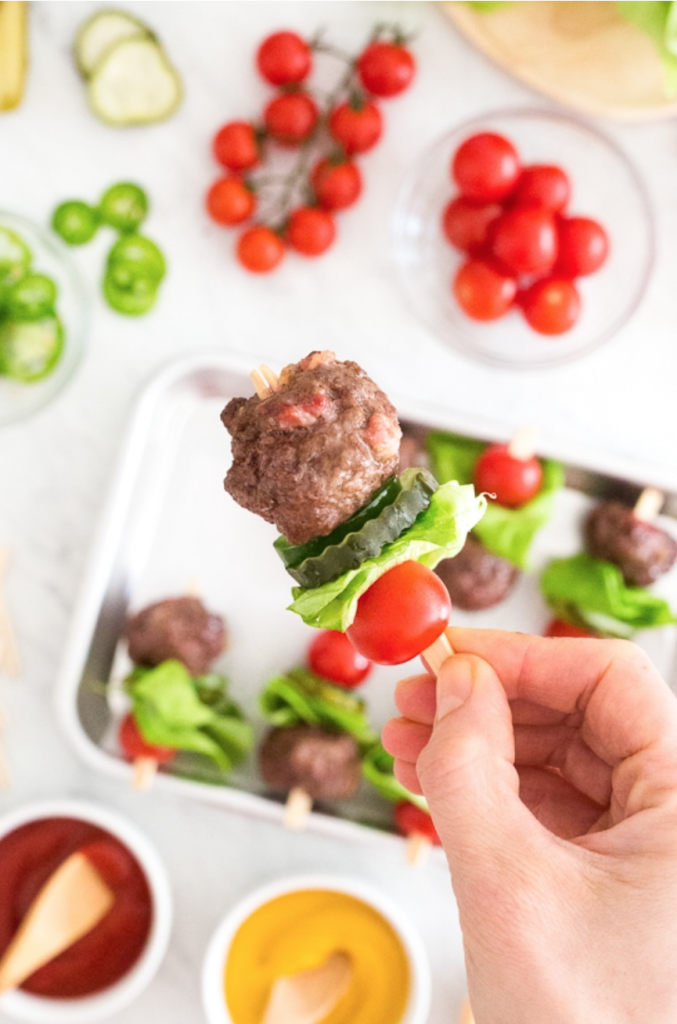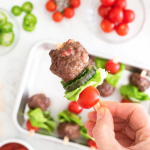Gluten Free & Dairy Free Diet
Overview:
Often called a GF/CF diet, this eating plan avoids foods that contain gluten (found in many breads and cereals) and casein (found in milk products). The idea behind the use of the diet is to reduce symptoms and improve social and cognitive behaviors and speech.
The benefit of a gluten-free/casein-free diet supports those who may have an allergy or high sensitivity to foods containing gluten or casein. Some children with autism process peptides and proteins in foods containing gluten and casein differently than others. This difference in processing may exacerbate autistic symptoms and behaviors. The brain treats these proteins like false opiate-like chemicals. The reaction to these chemicals then leads a child to act in a certain way.
Foods to avoid:
- Grains: rice, wheat, oats, barley, rye, etc., as well as foods derived from them, such as pasta, bread, and breakfast cereals.
- Dairy: cow’s, goat’s, or sheep’s milk, as well as foods derived from these milks, such as cream, cheese, butter, or ghee; dairy-based protein powders or other supplements should also be avoided.
Directions:
Step 1:
Read this article from The Autism Community In Action (TACA) to understand the top reasons why you should consider implementing a gluten-free, casein-free (GFCF) diet for your child with autism. In this article, they will discuss some of the science that supports this dietary intervention for autism.
Step 2:
Next, discuss this diet with your child’s doctor before starting it.
Step 3:
Start to remove gluten and casein slowly. Don’t try to take out all gluten- and casein-containing foods at once. Add new gluten-free and casein-free foods gradually, about one food every 3 to 7 days. If a new food causes a problem, you will know which one it was. It may take 3 months to become fully gluten- and casein-free.
Resources
-
- Top reasons to implement a Gluten Free / Casein Free diet
- Autism Diet & Nutrition: How Does it Affect Autism Health?
- 12 Month Randomized Trial Reports the Benefits of Nutrition for Autism Spectrum Disorder
- Gluten Free / Dairy Free Diet for Autism : My Experience
- Gluten Free Casein Free Diet for Autism: 29 Tips & Recipes for Parents
- GF/CF Diet On a Budget
GFCF Recipes
You need to login or register to bookmark/favorite this content.












